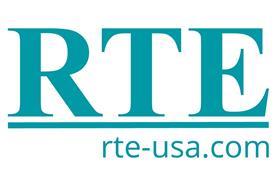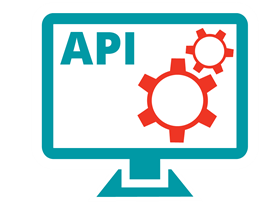In today’s world of container shipping logistics, keeping track of workflows and information is essential to maintaining necessary efficiencies.

Moreover, it is demanded by discerning customers who trust terminal operators with successful cargo handling. This is only magnified when the containerized cargo is temperature sensitive.
Installing an automated reefer monitoring system provides terminal operators with information to help them manage their operations more productively.
By electronically capturing data on the condition of each refrigerated container, operators can respond in real-time to changes in temperature and plug-in/plug-out alerts, protecting the perishable cargo and preventing expensive loss claims from damaged goods.

And a correctly implemented reefer monitoring system will continuously report updates and collect this information to provide a time-stamped picture of conditions. Finally, combining all this data into a ‘big-picture’ view of the entire terminal through a Terminal Operating System, or TOS, increases operational effectiveness.
How does remote reefer monitoring integrate into TOS?
To manage this integration, RTE uses XML and JSON interfacing technology. This allows GRASP3.0, RTE’s monitoring software platform, to integrate the collected information with most terminals’ unique TOS software effortlessly.
The benefits of integrating Remote Reefer Monitoring with TOS
By combining the information delivered through remote reefer monitoring with the rest of the terminal’s automated data infrastructure, operators gain comprehensive insight across the entire terminal landscape.
Additionally, information flows freely in both directions between RRM software and TOS.

For instance, TOS will communicate with GRASP3.0 to identify reefers scheduled to arrive. If temperature setpoints in TOS do not match real-time data that the RRM system reports, the RRM system sends an alert notifying operators of a problem that needs attention.
The GRASP Reefer Monitoring System will identify incorrect setpoints between the booking information provided by TOS and the real-time data coming from the reefer. Location data discrepancies are also identified through this linked association.
This connected interaction assists terminal operators in making decisions based on the events or alarms registered by the RRM. For example, TOS can send work orders for reefer repair or connect/disconnect to on-site technicians when needed.
In summary
Adding an RTE Remote Reefer Monitoring system and integrating it into your existing Terminal Operating System (TOS) is possible. It’s also an intelligent way to manage your operation more efficiently, increase profitability, and deliver higher customer value to grow your business.
Get started today and enjoy the benefits of adding remote reefer monitoring from RTE to your Terminal Operating System.










